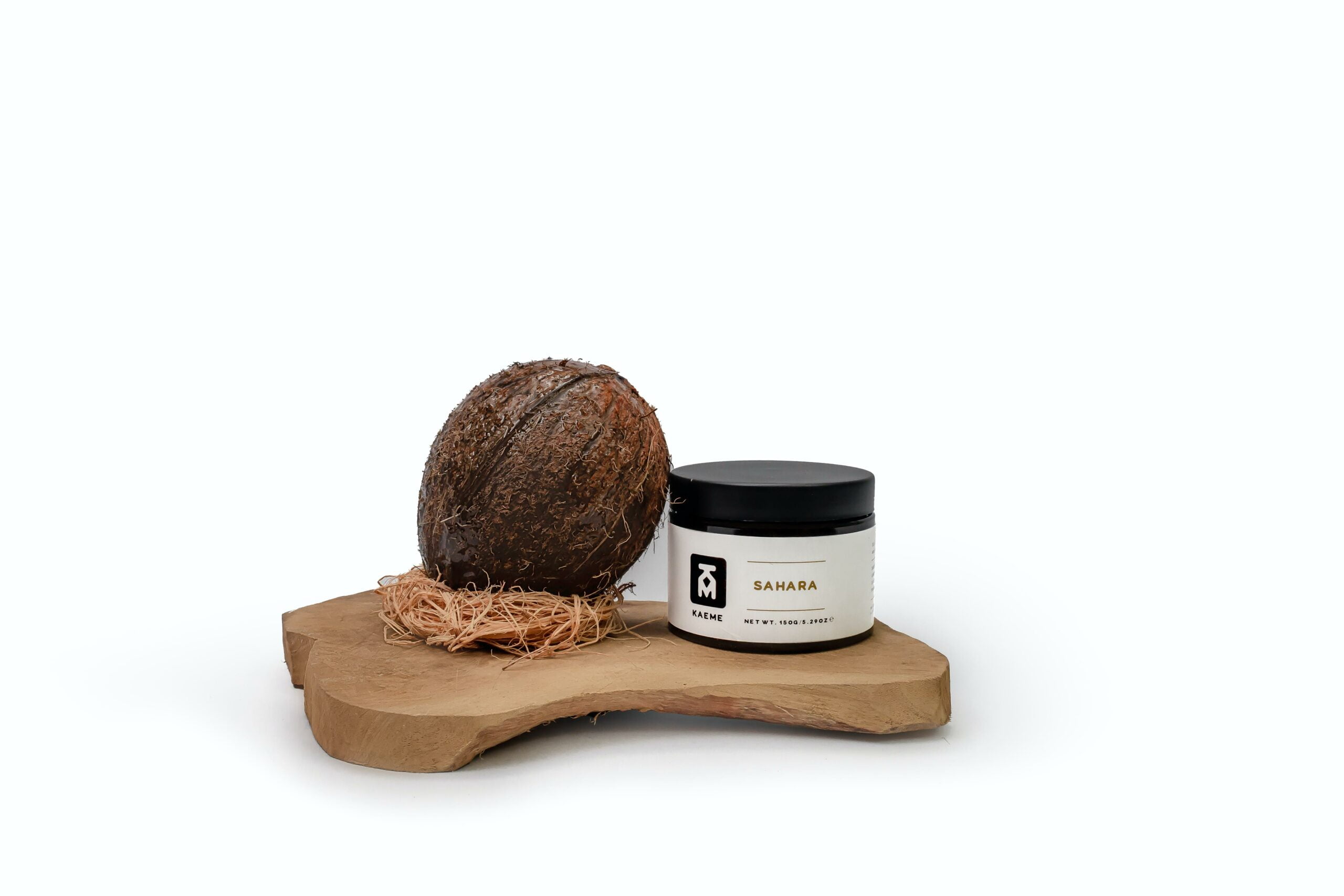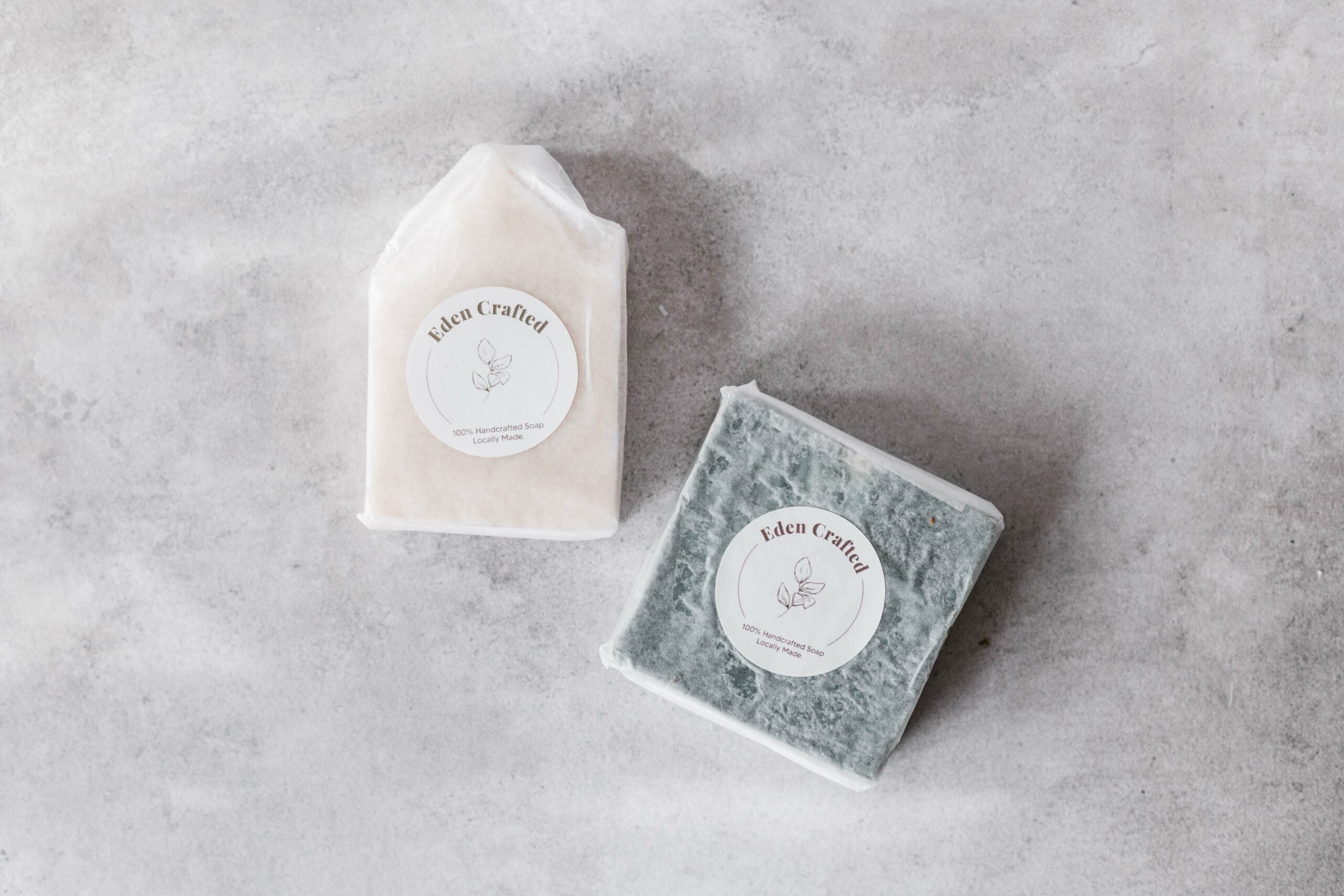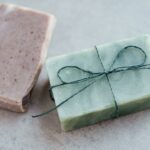Are you ready to dive into the captivating world of soap carving? Prepare to be amazed as we unveil the artistry and history behind this remarkable craft. In this article, we will share a collection of fascinating soap carving facts that will leave you in awe. Whether you’re a seasoned soap carver or someone simply intrigued by the art form, prepare to be inspired and discover the hidden wonders of this creative pursuit. Let’s embark on a journey of discovery together and uncover the mesmerizing world of soap carving facts.

Soap Carving Facts
Soap carving is a fascinating art form that combines creativity, skill, and a touch of history. Whether you’re a seasoned carver or just starting out, learning some interesting facts about soap carving can enhance your appreciation for this unique craft. In this article, we will delve into the artistry and uncover captivating facts that shed light on the history and techniques behind soap carving.
The Ancient Origins of Soap Carving
Soap carving has a rich history that dates back centuries. The art form can be traced back to ancient civilizations, where soap was used for cleaning purposes. However, creative individuals soon discovered that soap could be transformed into intricate sculptures. From the ancient Egyptians to the Greeks and Romans, soap carving became a popular pastime, showcasing the remarkable dexterity and artistic prowess of early craftsmen.
“Soap carving has roots that reach deep into the annals of time, connecting us to the artistic expression of our ancestors.” – Ref A
The Evolution of Soap Carving Techniques
Over time, soap carving techniques have evolved, reflecting the cultural and technological advancements of different eras. Initially, soap carvings were done with basic tools such as knives and toothpicks. As the art form gained popularity, more specialized tools were developed, including carving sets with various blade shapes and sizes. Today, soap carvers can also utilize electric tools like rotary cutters and power drills, allowing for greater precision and efficiency in their creations.
“From simple utensils to advanced carving tools, the evolution of soap carving techniques has empowered artists to push the boundaries of their creativity.” – Ref B
The Versatility of Soap as a Carving Medium
One of the most interesting aspects of soap carving is the versatility of soap as a medium. Soap comes in various types, including glycerin-based and vegetable-based options, each offering unique characteristics. Glycerin soap, for example, is soft and pliable, making it ideal for intricate designs and detailed carving. Vegetable-based soap, on the other hand, is harder and more firm, allowing for larger sculptures and bolder shapes.
“Soap, with its malleability and adaptability, serves as a blank canvas for artistic expression, enabling carvers to bring their visions to life.” – Ref C
The Sensory Experience of Soap Carving
Soap carving is not only visually appealing but also offers a sensory experience that engages multiple senses. As your knife glides through the soap, you experience the gentle resistance and the satisfying sound it produces. The scents of different soap varieties can add to the immersive experience, creating an art form that indulges not just the eyes, but also the touch and smell.
“Soap carving is a multisensory journey that invites us to tap into our artistic instincts and explore the beauty that lies within a simple bar of soap.” – Ref A
Pros and Cons of Soap Carving
While soap carving is a rewarding and enjoyable craft, it’s important to consider both the pros and cons before embarking on your carving journey:
Pros:
– Soap carving is a relatively inexpensive hobby, requiring only basic tools and materials.
– It is a versatile art form that allows for a wide range of creativity and expression.
– Soap sculptures make great decorative pieces or personalized gifts.
Cons:
– Soap sculptures are delicate and can easily break if not handled with care.
– Working with sharp tools requires caution to prevent accidents or injuries.
– Fine details can be challenging to achieve, requiring patience and practice.
“Exploring the world of soap carving opens up a universe of creative possibilities, but it’s important to weigh the pros and cons before diving in headfirst.” – Ref B
In conclusion, the art of soap carving offers a captivating blend of history, skill, and creativity. By understanding the ancient origins, evolution of techniques, versatility of soap as a medium, and the sensory experience it provides, we can truly appreciate the artistry behind this craft. Whether you’re just starting out or have been carving soap for years, the fascinating soap carving facts presented here will inspire you to continue your artistic exploration and push the boundaries of your creativity. So grab your tools, choose your soap, and let your imagination run wild in the world of soap carving.
“Soap carving is not just a craft; it’s a journey of self-expression, connecting us to our artistic roots and igniting a passion that transcends time.” – Ref C
Did you know that soap carving is more than just a creative hobby? There are so many fun facts about soap carving that will leave you amazed and wanting to give it a try yourself! From its ancient origins to its therapeutic benefits, soap carving has a fascinating history. If you’re curious to learn more about this unique art form, click here for some fun facts about soap carving.
FAQ
Q: How did soap carving originate?
A: Soap carving can be traced back to ancient civilizations such as Egypt, where it was practiced for both practical and artistic purposes. Soap carvings were often used as decorative items or gifts.
Q: What tools are needed for soap carving?
A: Soap carving requires a few essential tools, including a sharp knife or carving tools, a pencil or pen for sketching designs, and sandpaper for shaping and smoothing the soap.
Q: What kind of soap is best for carving?
A: The best soap for carving is typically a softer variety, such as vegetable-based glycerin soap or Ivory soap. These types of soap are easier to carve and shape compared to harder soaps.
Q: Are there any safety precautions to consider when soap carving?
A: Yes, it is important to take certain safety precautions when soap carving. Always use a sharp knife or carving tool with caution, keeping fingers away from the blade. It is also advisable to work on a stable surface and use a cutting board or protective covering to avoid damaging the work area.
Q: Can soap carvings be preserved?
A: While soap carvings can be fragile, there are methods to preserve them. Applying a thin layer of clear varnish or sealant can help protect the carving from moisture and extend its lifespan. However, it is important to note that soap carvings are susceptible to deterioration over time.
- Georgia Platform: A Southern Strategy, 1850s - March 31, 2025
- How many weeks is 40 days: Quick Conversion Guide for Accurate Results - March 31, 2025
- How many feet is 300 meters? 984 Feet: Understand Length Conversions Easily - March 31, 2025
















